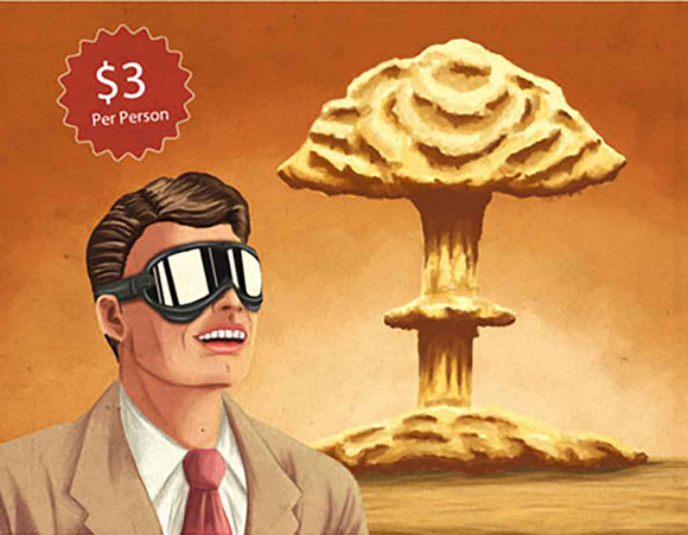
Digital Playful Tourism
Tourism has become one of the central cultural practices of our time. The year 2018 has set a new record of international tourist arrivals: 1,4 billion, according to the World Tourism Organization (UNTWO). The factors behind these all-time high numbers are many and range from cheap flights to online review and booking systems. If tourism is on the rise – or at least it was until the COVID-19 pandemic, which certainly put a dent in its otherwise continuous growth – so is its role in the global economy. The effects of mass tourism, however, go far beyond its economic impact: it is a highly semiotic practice which influences strongly the meaning and perception of the cities and places involved, both for the tourists and for their inhabitants.
In this context, a specific strategy of valorisation is gaining relevance and importance: gamification. In this paper, the authros aim to identify and engage with the ludic evolution of touristic practices and discourses, and offer an overview of how innovative forms of digital marketing exploit the interstitial intertextuality typical of convergent culture [1] and the playful elements of gamification [2] to valorise touristic destinations.
After outlining the basis for a semiotic analysis of tourism, the paper focuses on experiential tourism and its possible connections with the ludification of culture – the cultural trend that sees games, toys and play become more and more central in our semiosphere [3].
In 2011 WTM predicted that gamification would become a popular trend for tourism. Since then, the academic interest on gamification and tourism has mostly focused on how gamification could influence consumer behaviour [4][5]. While the number of studies addressing on gamification in the tourism industry is still limited, a recent literature review [6] underlines positive results in the implementation of gamification in the various phases of travel, claiming that it is capable of informing users, making them more involved and participates in the co-creation of value.
In this article the authors try to shed some light on a wider set of examples, focusing on how gamefulness and playfulness have become integral part of many touristic activities. In particular, they focus on the following case studies:
- Gamifying AirBnB (Airbnb use of gamification to appeal to the market of experiential tourism while being in constant dialogue with traditional marketing channels and operators);
- Dark Tours (Practices such as “disaster tourism”, “favela tourism” and “nuclear tourism” );
- Video game tourism (Assassin’s Creed tours, museum games, Tourist Bus Simulator).
In conclusion, the different case studies analysed in the paper seem to confirm the importance of the relationship between tourism and gamification in current times and to portray it as a larger phenomenon than normally accepted. Both tourism and gamification are guided by the same craving for experiences that seems to characterise the denizens of a liquid world. Both respond to this craving with their own strategies of valorisation, resemantising the places and the objects of everyday life, adding to them new layers of meaning in order to make them shiny and memorable. Not surprisingly, then, these two phenomena give rise to many possible synergies, many of which are already been exploited by professionals and companies to promote and sell both touristic services and games.
Digital Playful Tourism- Meaning–making between Place Promotion and Gamification
Reference: Soro E. & M. Thibault (2020) “Digital Playful Tourism: Meaning-making between Place Promotion and Gamification”, Lexia 33-34: 187-210.
See the paper for full details:
Abstract
This paper investigates, from a semiotic perspective, the relationship between gamification and the latest digital marketing approaches within tourism and travel industry. First, we outline tourism as a specific form of valorisation, that produces – and is produced – by the tourist gaze. Such valorisation, however, changes with the semiosphere. Therefore, we link the rise of experiential tourism with the ludification of culture and we investigate the role of gamification in tourism. In the second part of the paper, we analyse three different case studies: Airbnb, dark tourism and the Assassin’s Creed video game series. The analysis shows the complexity of the rhetorical and ideological dynamics that link tourism and gamification, but also the potential that they have in a ludified world.
References:
[1] Jenkins, H. (2006) Convergent culture. New York: NYU Press.
[2] Hamari, J. (2019). “Gamification”. In Wiley Blackwell Encyclopedia of Sociology.
[3] Bonenfant M. & Genvo S. (2014), Une approche située et critique du concept de gamification, « Sciences du jeu », vol. II, available at https://sdj.revues.org/286#bodyftn4
[4] Sigala, M. (2015) The application and impact of gamification funware on trip planning and experiences: the case of TripAdvisor’s funware, “Electron Markets”, 25: 189-209
[5] Xu, F., Weber, J. and D. Buhalis (2014) “Gamification in tourism In Information and Communication Technologies in Tourism”, in Z. Xiang, and I. Tussyadiah (eds), Information and communication technologies in tourism, Springer International Publishing, Vienna, 525-537.
[6] Pasca M.G., Renzi M.F., Guglielmetti Mugion R., Toni M., & L. Di Pietro (forthcoming 2020) Gamification in tourism context: a systematic literature review in Hamari J. & J. Koivisto Proceedings of the 4th International GamiFIN Conference. CEUR.




Sorry, the comment form is closed at this time.